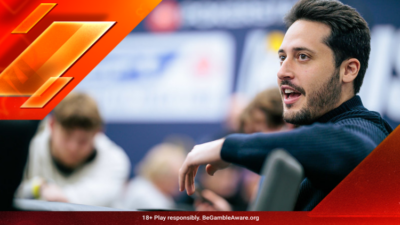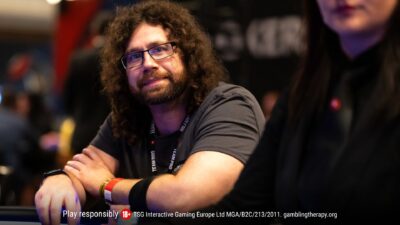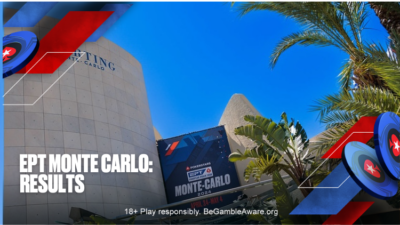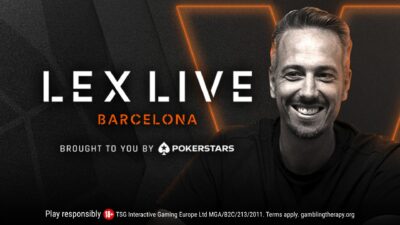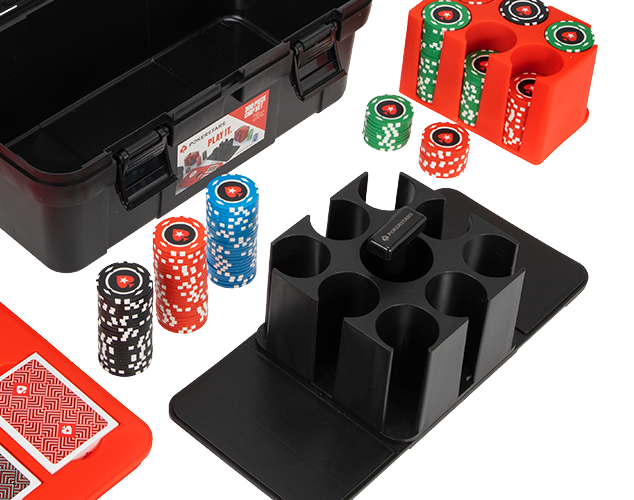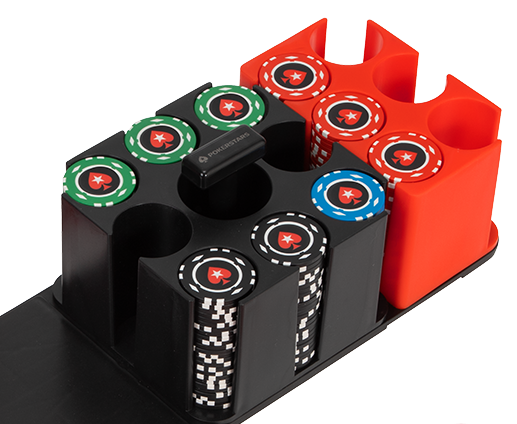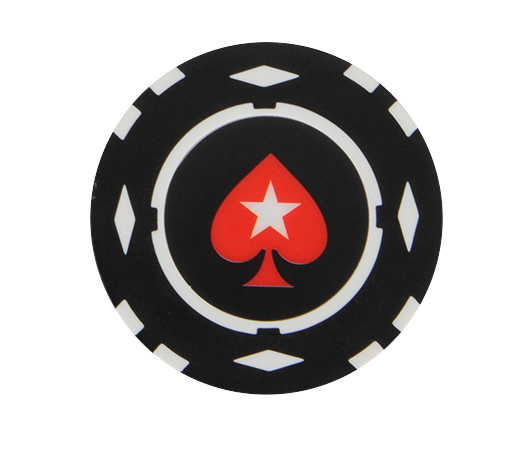Table of Contents
The PokerStars Team Pro recently completed a bankroll challenge, turning $100 into $10,000 and showing people how to build a bankroll.
This article was originally published in July 2023.
Don’t be surprised when you Sebastian “peace&loove” Huber on your table in the Big $1.10.
The PokerStars Pro and Twitch streamer hasn’t fallen on hard times – far from it. He recently enjoyed his largest career cash to date during the Spring Championship of Online Poker (SCOOP), finishing third in a $5,300 buy-in event for $76,066, having qualified for just $55.
Huber has simply decided to take on a bankroll challenge, with the aim of turning $100 into $10,000 live during his Twitch streams over the next few months.
But why would a player rolled to play higher stakes choose to drop down and do a micro-stakes bankroll challenge? For Huber, there are multiple factors that led to the decision.
“After a big series like SCOOP (which finished on May 31), it’s hard to keep going like you were before,” he says. “You’re playing the highest buy-in tournaments but the guarantees are much lower. I wanted to escape that daily routine.”
Plus, many people in Huber’s Twitch community were asking him about doing a bankroll challenge, as he’d kicked off his Twitch channel with one back in 2020.
“It’s hard as a poker streamer to mix up your content and do different things, so I thought I’d give it a shot,” he says. “Now I can document the journey from $100 to $10,000 a lot better and give everyone a really good line on how to build a bankroll.”
On that note, let’s hand it over to Huber.
Here are his tips and advice on how to build a bankroll from $100 to $10,000.
BANKROLL RULES / GAME SELECTION
When considering how to build a bankroll, the first thing you need to decide is what games you want to play. It’s really important to choose. You can only play cash games, or only play sit & go’s, or only play mixed games, or only play regular no limit hold’em tournaments. But you need to find the game you want to focus on, especially if you’re not super experienced.
When it comes to buy-ins and which tournaments to play, it depends on your skill level. Everyone thinks they’re really good, but it’s not always true. So I would start with really modest bankroll management.
For me, I started with $100 and I mainly focused on $0.25 and $0.50 sit & go’s, then moved on from there. If I see a good $1.10 tournament I’ll play that too. But I always keep in my mind to check the bankroll, non-stop.
If I drop $10 in the first three hours of a session then I’ll be more careful and focus on the low sit & go’s. But you’ll get a feel as the session goes on.
My first session went really well so I was even playing a $2.20 tournament because it looked really good. You’ve got to be flexible, but always on the more careful side.
WHICH TOURNAMENTS SHOULD YOU PLAY?
You need to know where your strengths are. For me, I’m really good at playing four-handed, three-handed, heads-up. I can play the best with less play on the table. So sometimes I might take shots.
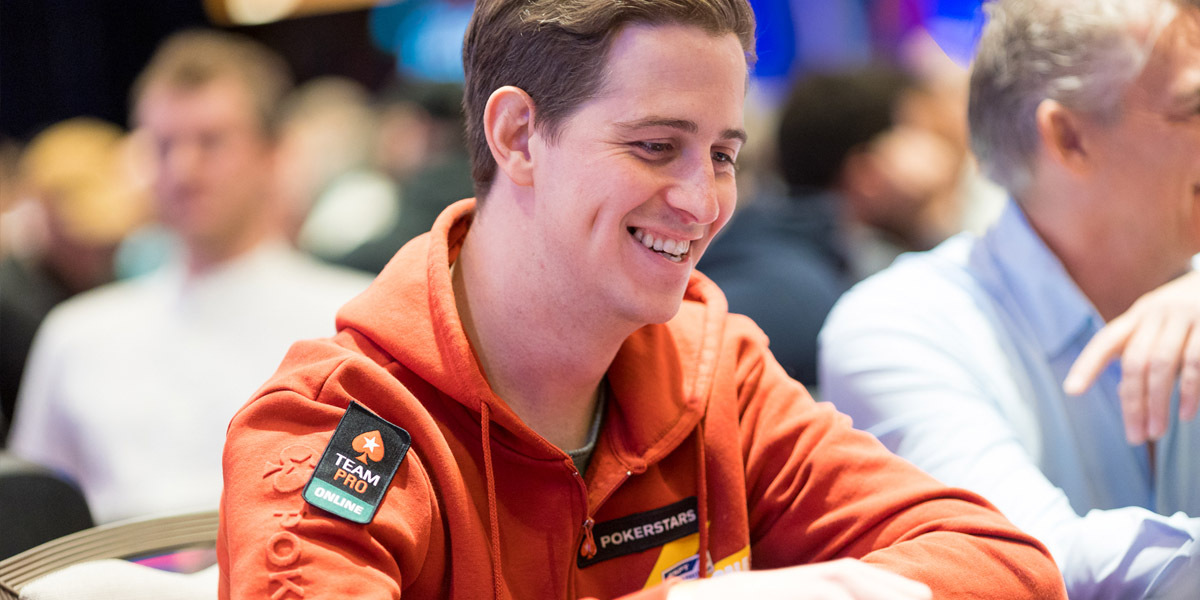

Sebastian “peace&loove” Huber
For example, if you feel really comfortable in the classic 8-max slow structure tournaments, then you might want to look at the Big tournaments on PokerStars (the Big $1.10 and the Big $2.20). Take your shots there. Just feel it out, it doesn’t matter which tournament it is. Have a look and see if it’s overlaying etc. It’s very player dependent.
HOW TO ADJUST TO PLAYERS AT LOW STAKES
You realise from the get-go that the level of play is obviously completely different to a $55 or a $109 tournament. I think that players at the micro stakes tend to have common tendencies. You either see players go nuts all the time, or you see a lot of limping, just like you’d see in a live cash game. They just want to see flops and made hands.
So for me, I adjust by playing as many hands in position against weaker opponents as possible. That doesn’t mean limping along with 10-2 offsuit, try to use suited connectors and good, mediocre hands and limp along as much as you can. But go crazy for value if you make some good hands.
It doesn’t matter which stakes you play, those spots always come up. So it’s definitely good practice for higher stakes to play a completely different strategy.
DEALING WITH LOSSES
Back in the day I definitely struggled with being conservative and trusting the process. You’re not going to build a bankroll in one night or one week. You always need to build the bankroll in small steps.
For me, streaming helps a lot. I’m trying to show people that it’s OK to win $20 one day and then lose $10 the next. It’s about small steps and small progress. That’s how it goes. My first bankroll challenge took eight months! It’s a grind, you can’t build anything overnight.
It’s hard to understand but if you keep telling yourself it’s the right way, you might get it. Then again, you might not and you might go broke again. You need to learn from those mistakes, it happened to me as well a couple of times.
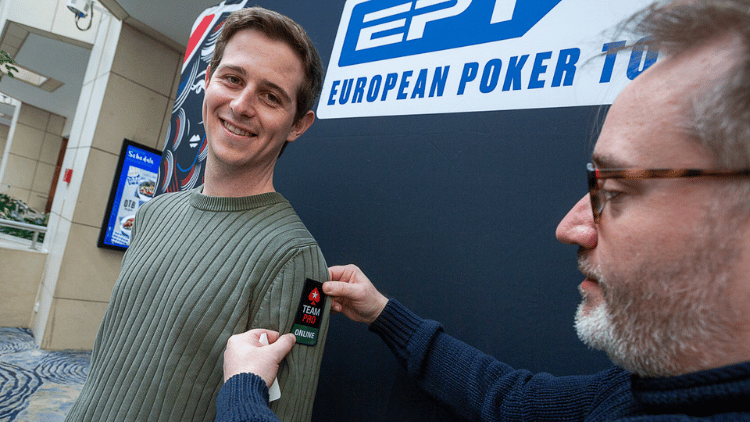

Huber won Dare2Stream in 2021 to become a Team Pro
ALWAYS TRY TO IMPROVE
Back in the day, I thought that because people at lower stakes were often playing badly, I didn’t need to learn any strategy. I was completely wrong because I wasn’t very good either!
Just because your opponents aren’t playing perfectly, it doesn’t mean you shouldn’t know what ranges you’re playing etc. and have a basic concept of what you’re supposed to play and do. Once you know the tendencies of your opponents at those levels you can go further into the ranges, or you can drop down. Then you can start adjusting.
Eventually, you’ll have a good understanding of strategies, from shoving to playing post-flop, ICM etc. Then you can adjust from that point on.
It doesn’t matter which stakes you’re playing, you need to study the game and improve. Then you can increase your win rate to absurd amounts.
I’m already up to $540. We’ve been running really well the past couple of days! Yesterday I played Day 7 of the challenge and we’ve had six winning sessions and one losing session. We’ll definitely have some quieter periods coming up though.
DOES THE PLAN CHANGE WHEN THE BANKROLL GETS BIGGER?
I’m not going to change much just because the bankroll is bigger. I’m just always aiming for a good average buy-in. For example, if I’m playing with a $500 roll, I try to aim for something like a $2.20/$2.80 average buy-in on the session, but I always need to keep in mind what my bankroll is at the current stakes.
So I’m definitely going to try and find some good $5.50 tournaments to take a shot in. Yesterday, I had a really good period where I even fired a $7.50 Bounty Builder. But I’m mixing up those tournaments with lots of $1 sit & go’s, $1.10 tournaments, $2.20 tournaments, $2 sit & go’s. So the average buy-in is still low and we’re going to keep the variance lower than if we just played $4.40’s and $5.50’s.
Just because your bankroll is $500, doesn’t mean you’re not allowed to play a Big $1.10 anymore. In the Big $1.10, your ROI is probably way higher than in a $5.50, and you’re still going to make a lot of money in it. Plus, it’s fun to play!
Make sure you follow Huber on Twitch to watch how he turns $100 into $10,000
Back to Top



